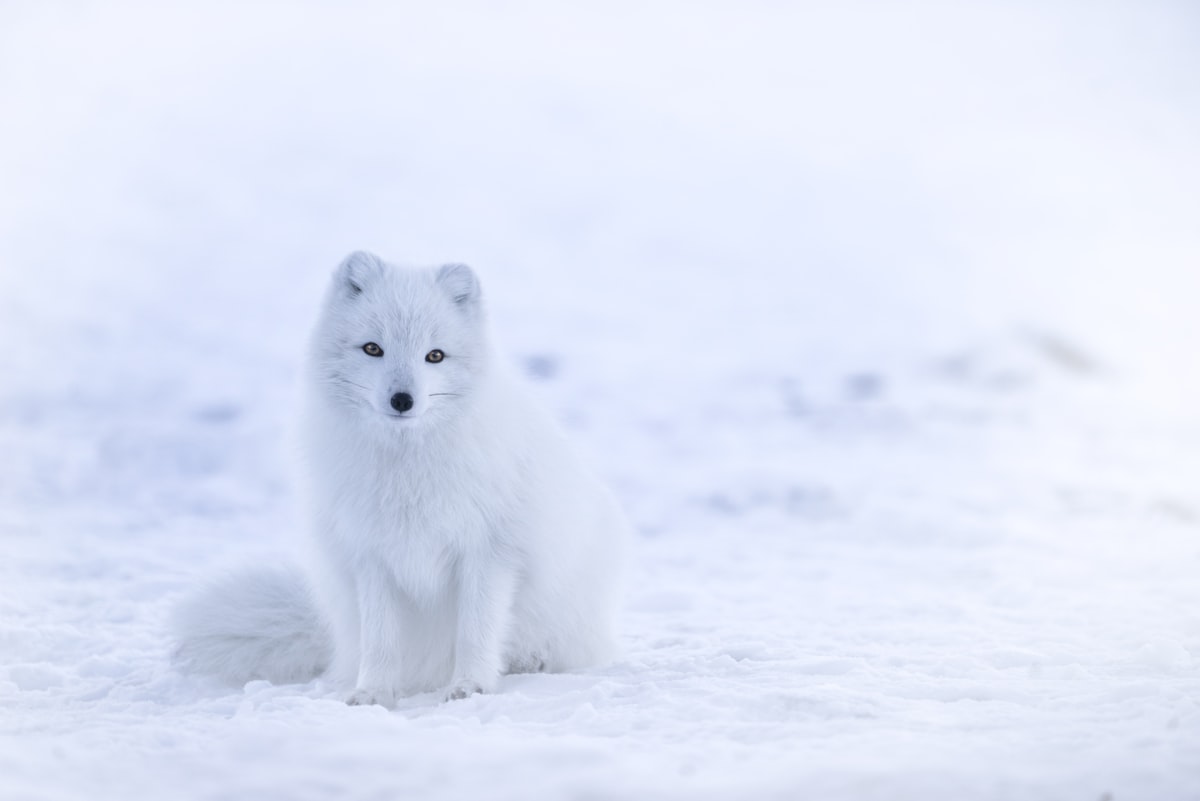Adaptations in the North and South Poles

In the frozen wilderness of the arctic, animals have adapted to survive the long and harsh winters.
Foxes adapt to the winter environment by changing from their usual brown color to that of the surrounding snow. This adaptation allows foxes to be able to sneak up on their prey and get an easy meal without being observed.
Seals adapt to the cold weather by growing fat during the summer and storing it up for heat during the winter. This allows them to survive the frigid waters of the oceans so that they can catch food.
Another animal that adapts to the winter is the penguin. It has multiple layers of feathers that keep them warm during the winter. In addition to that, packs of penguins huddle together to keep warm.
Arctic Krill grow smaller during the winter because they consume part of themselves to survive it. This process is called downsizing and because of this, they can survive two hundred days of starvation.




